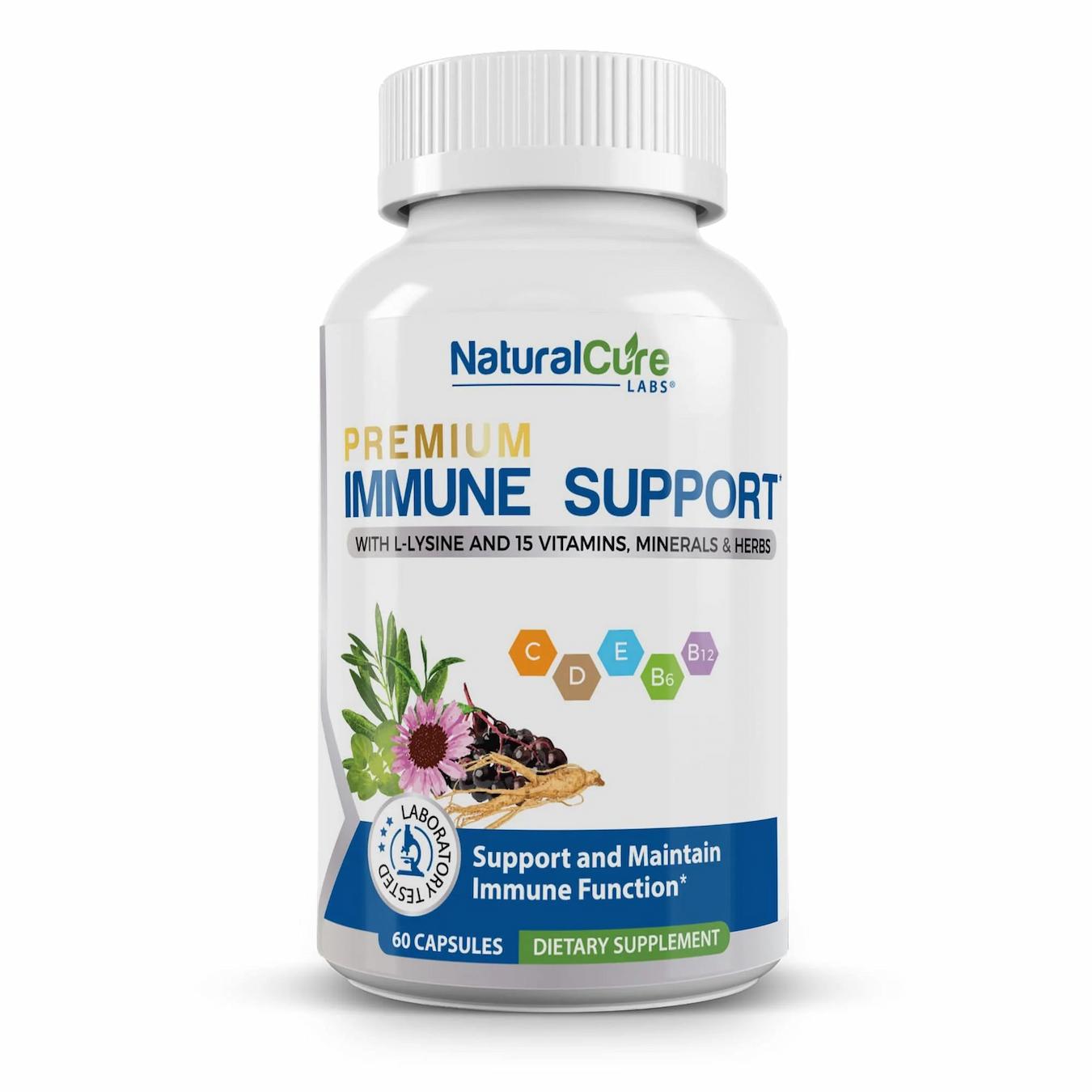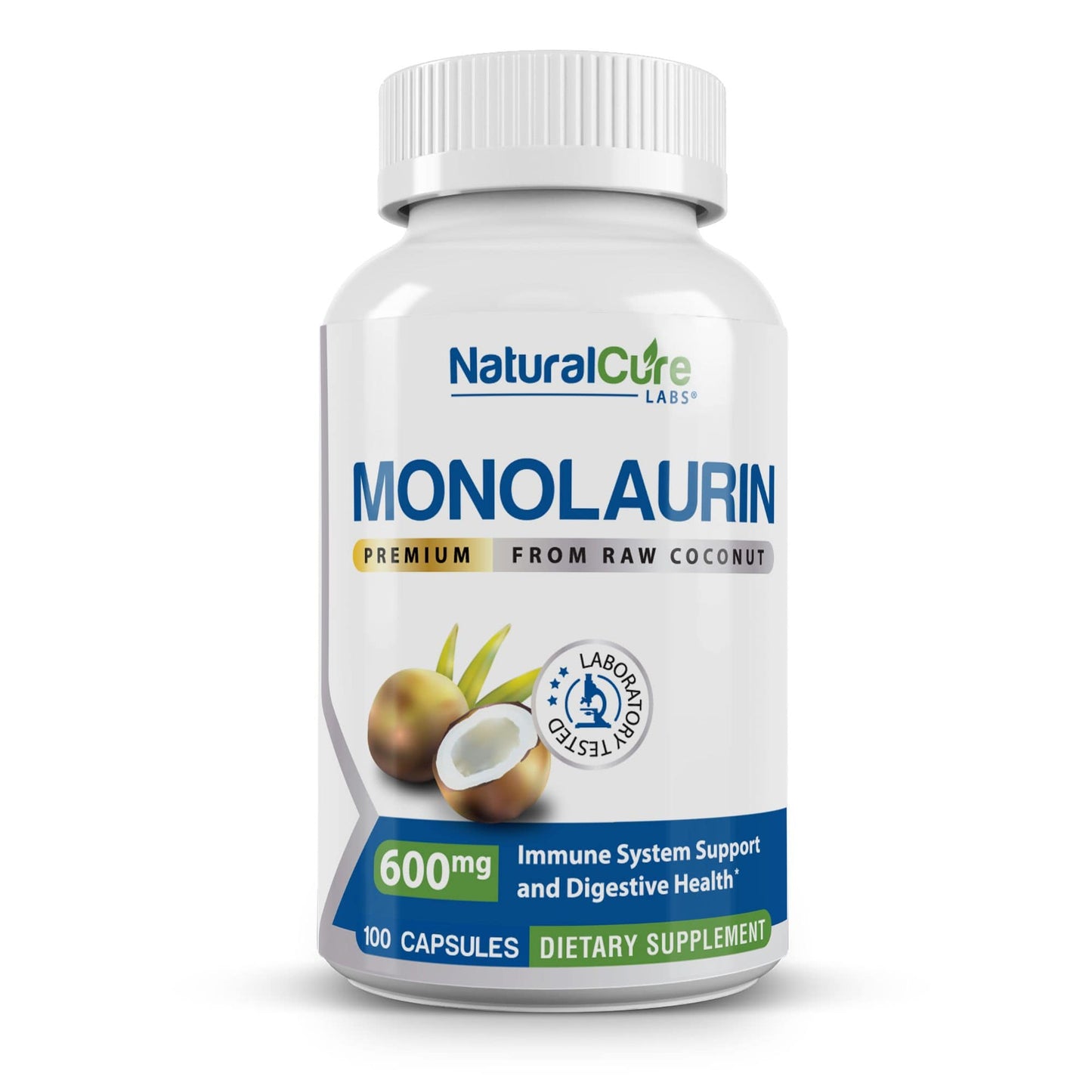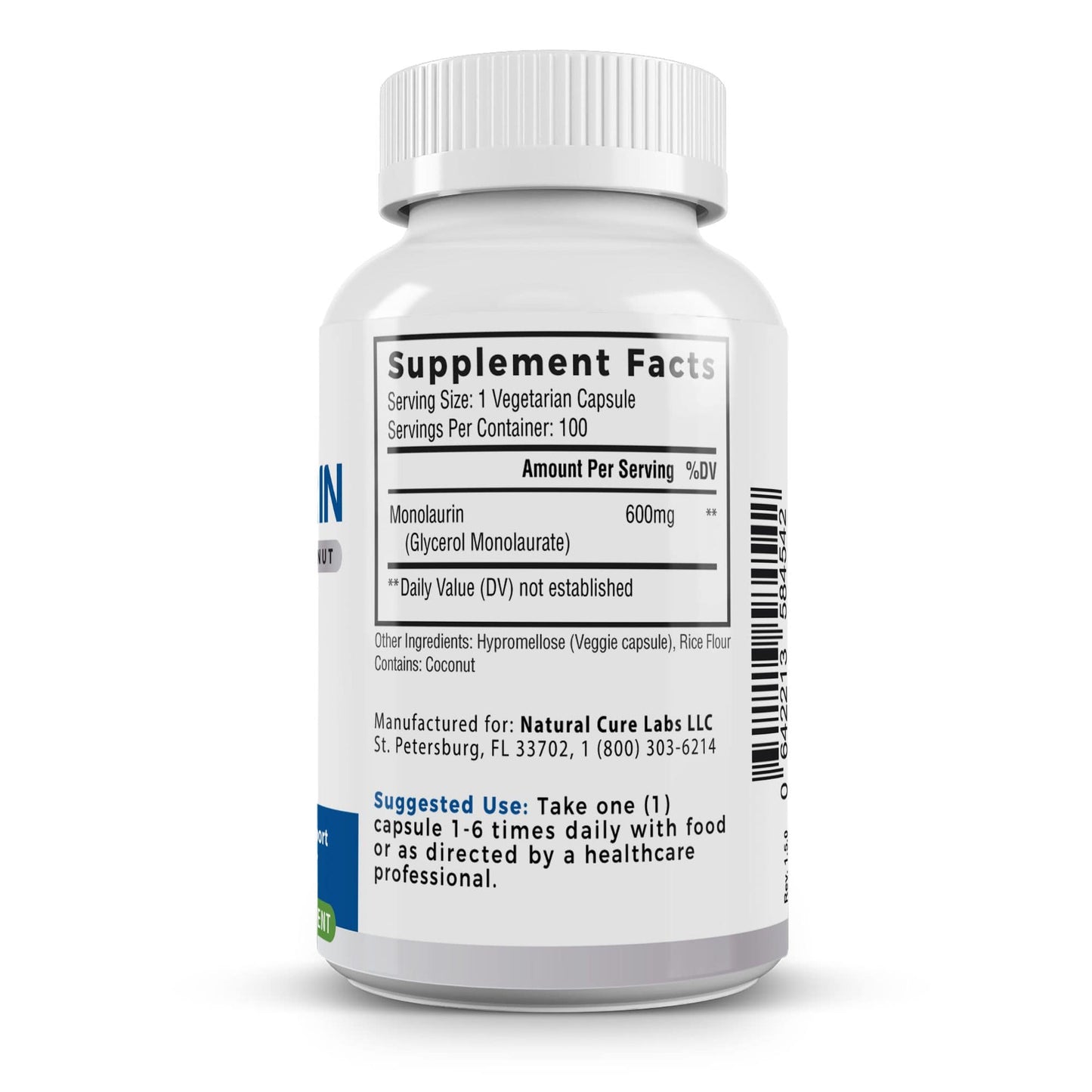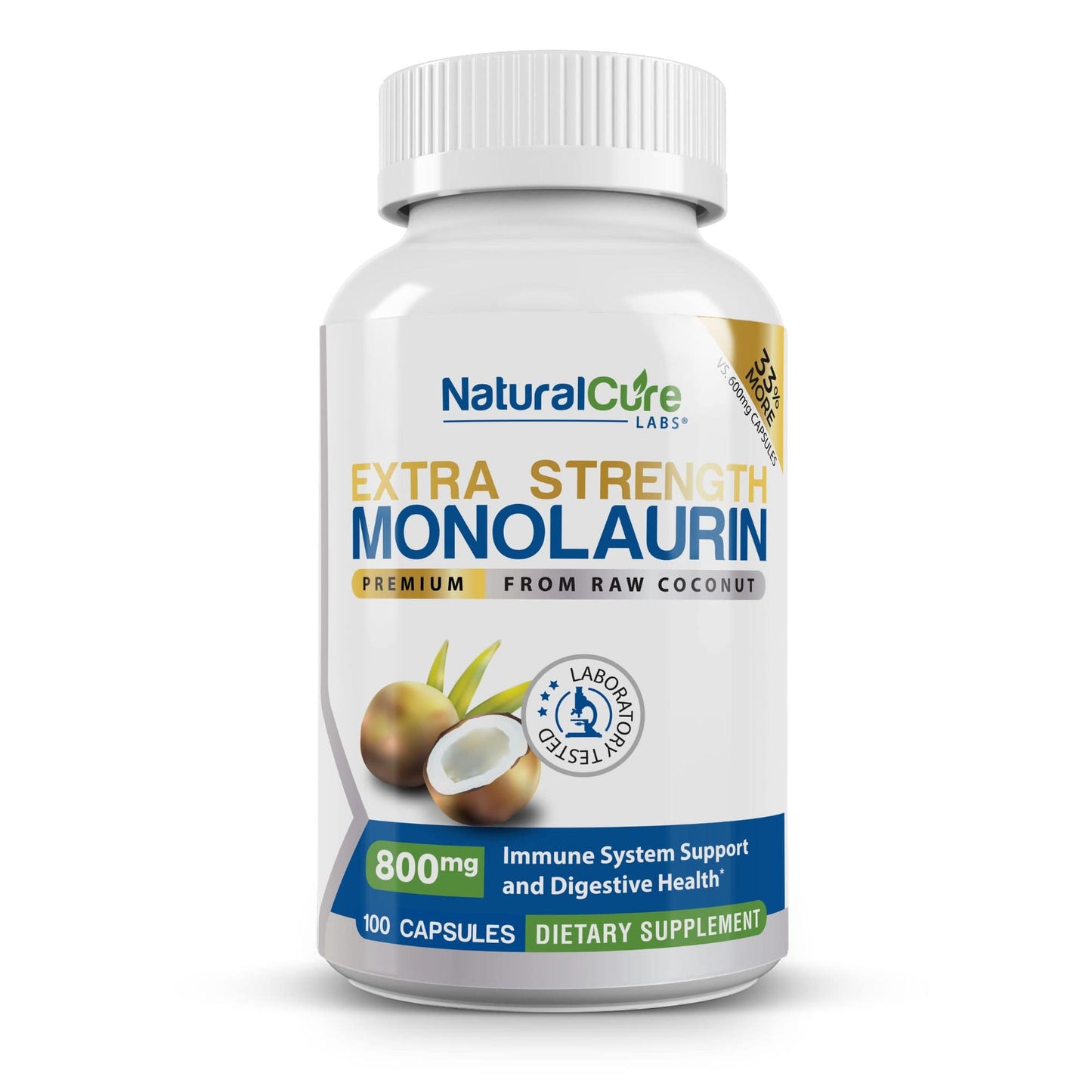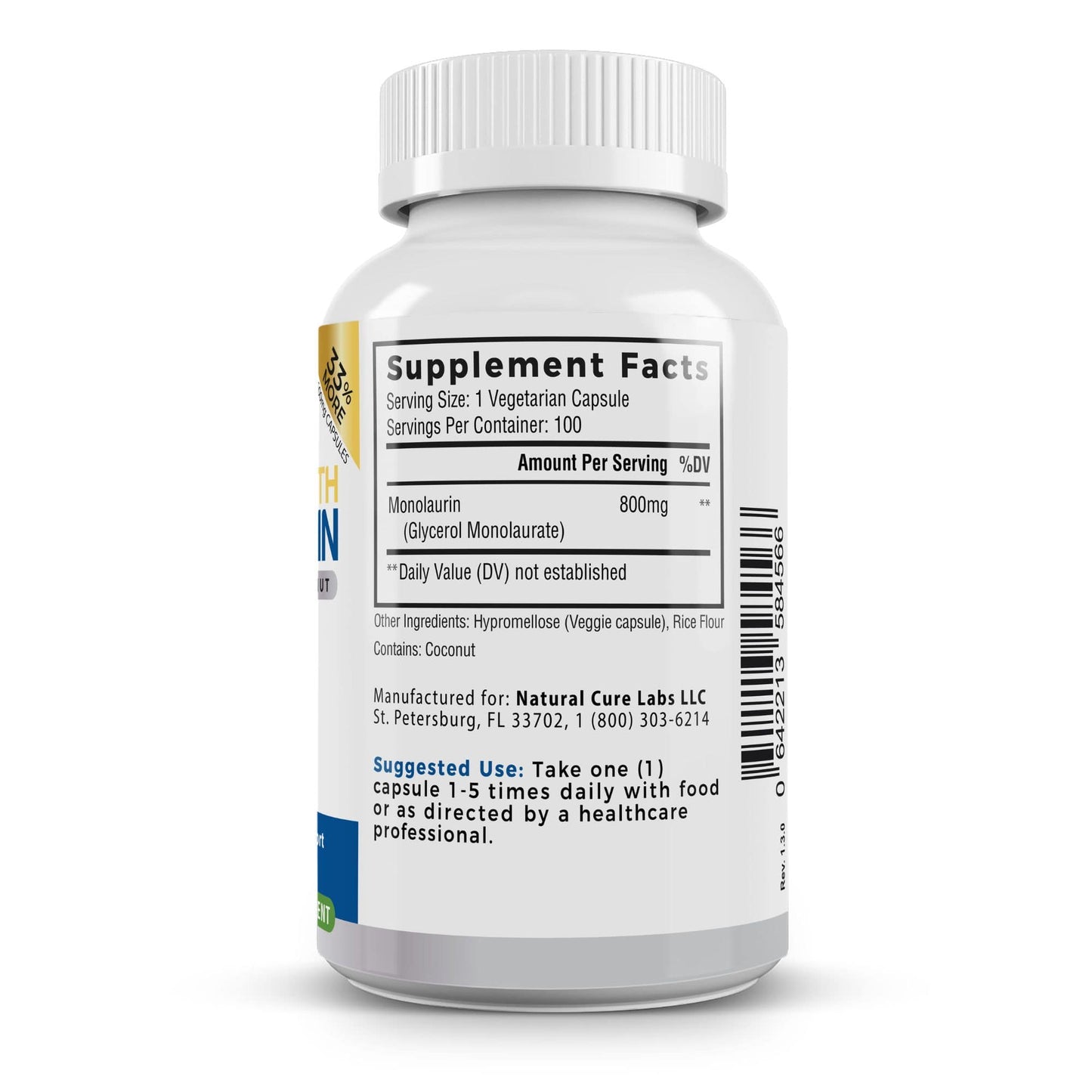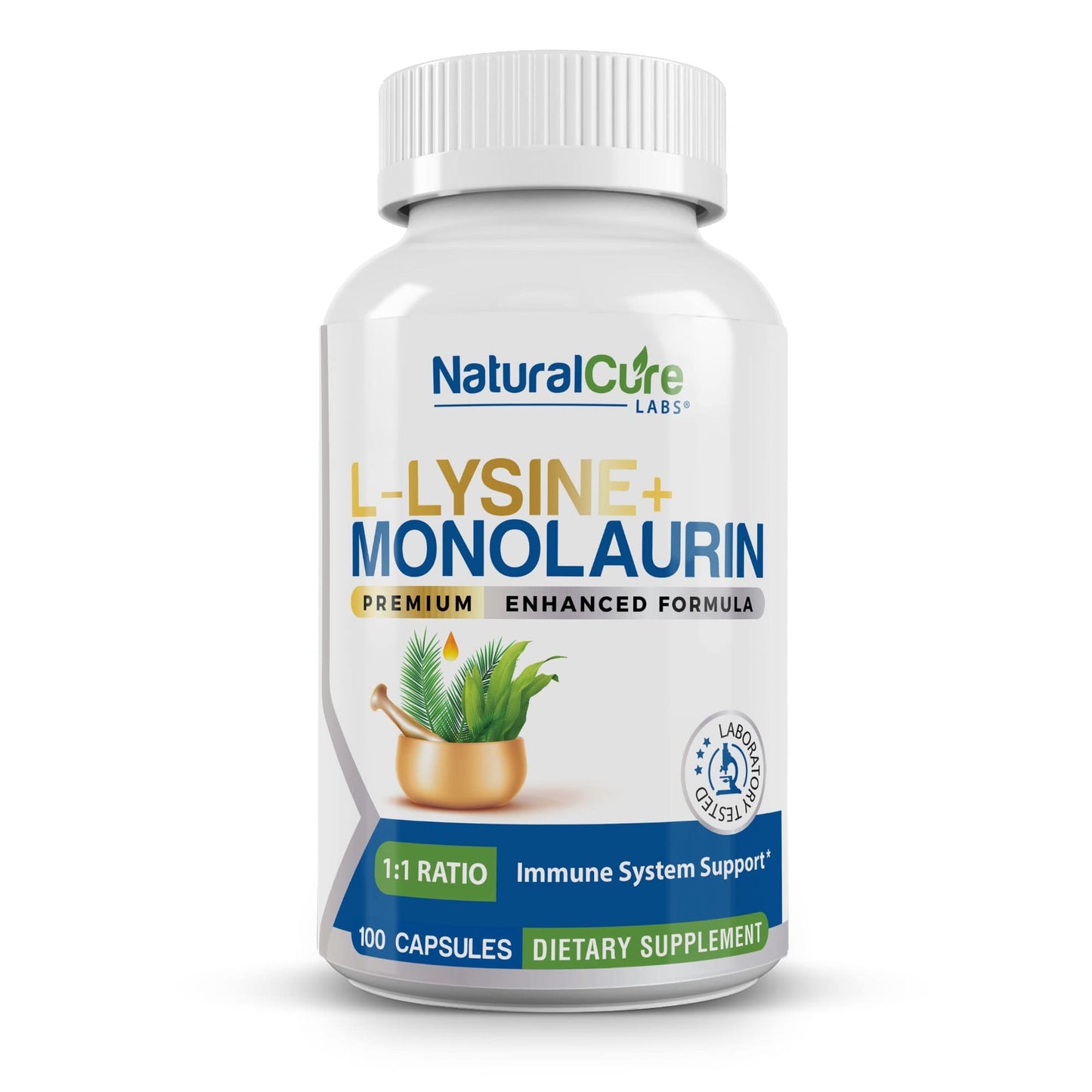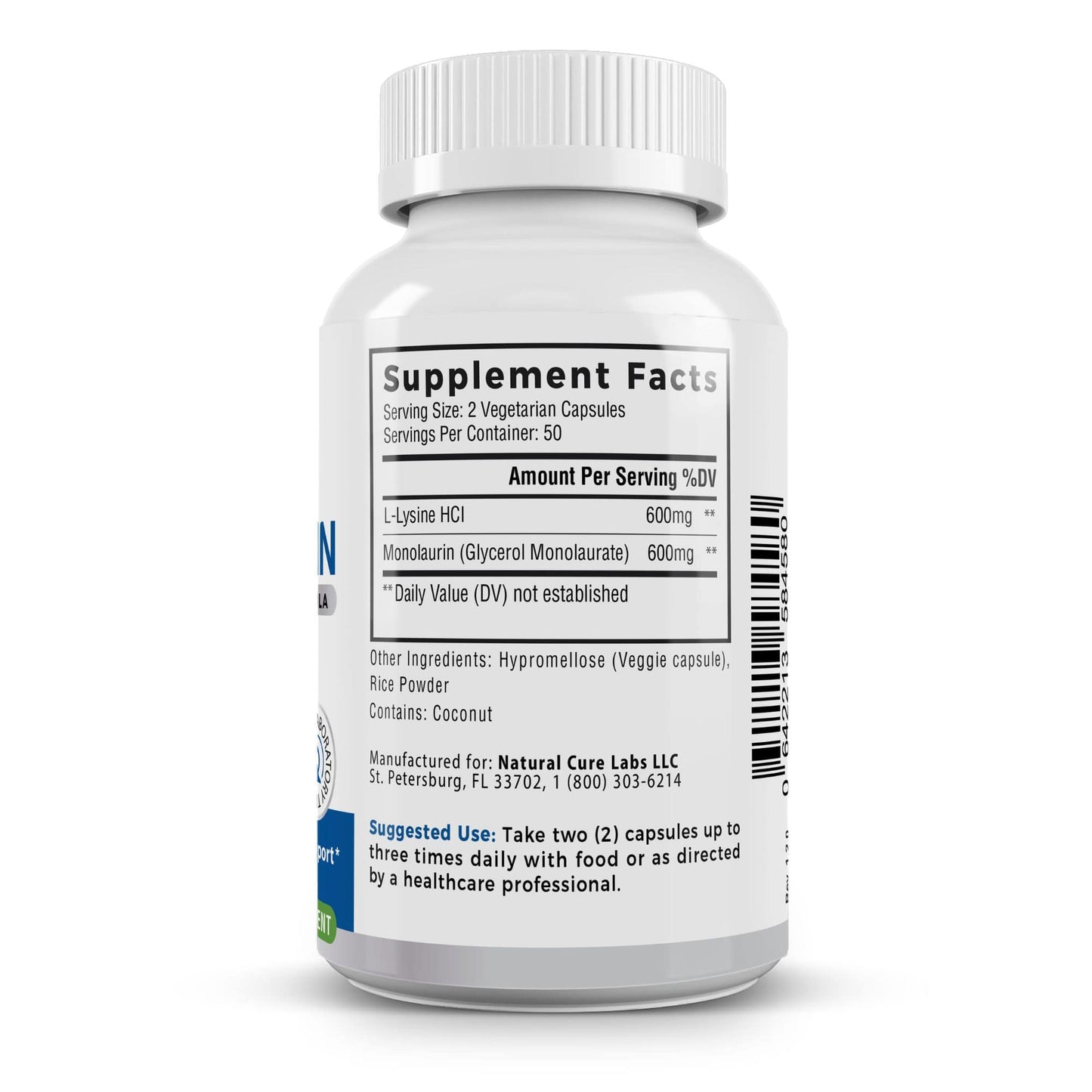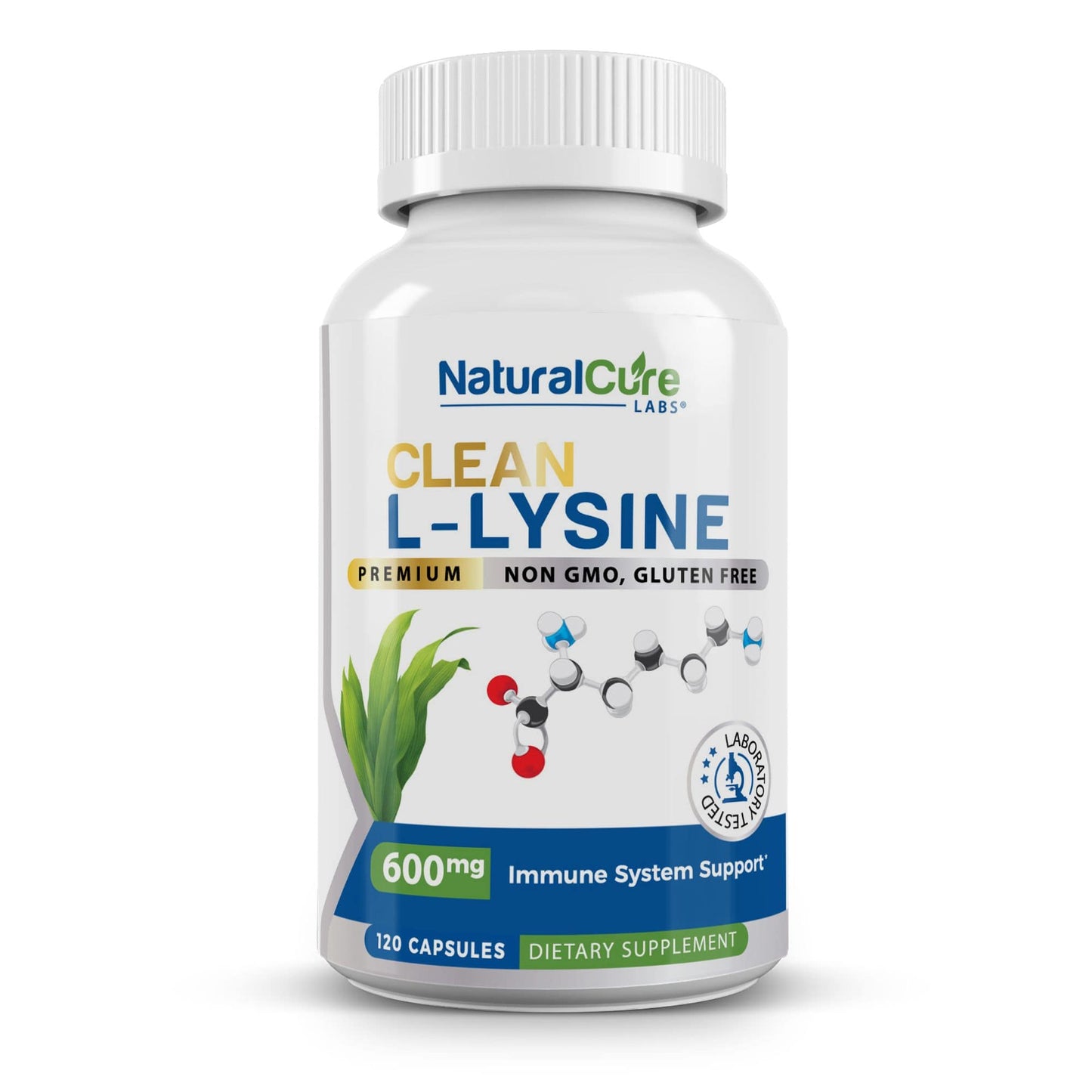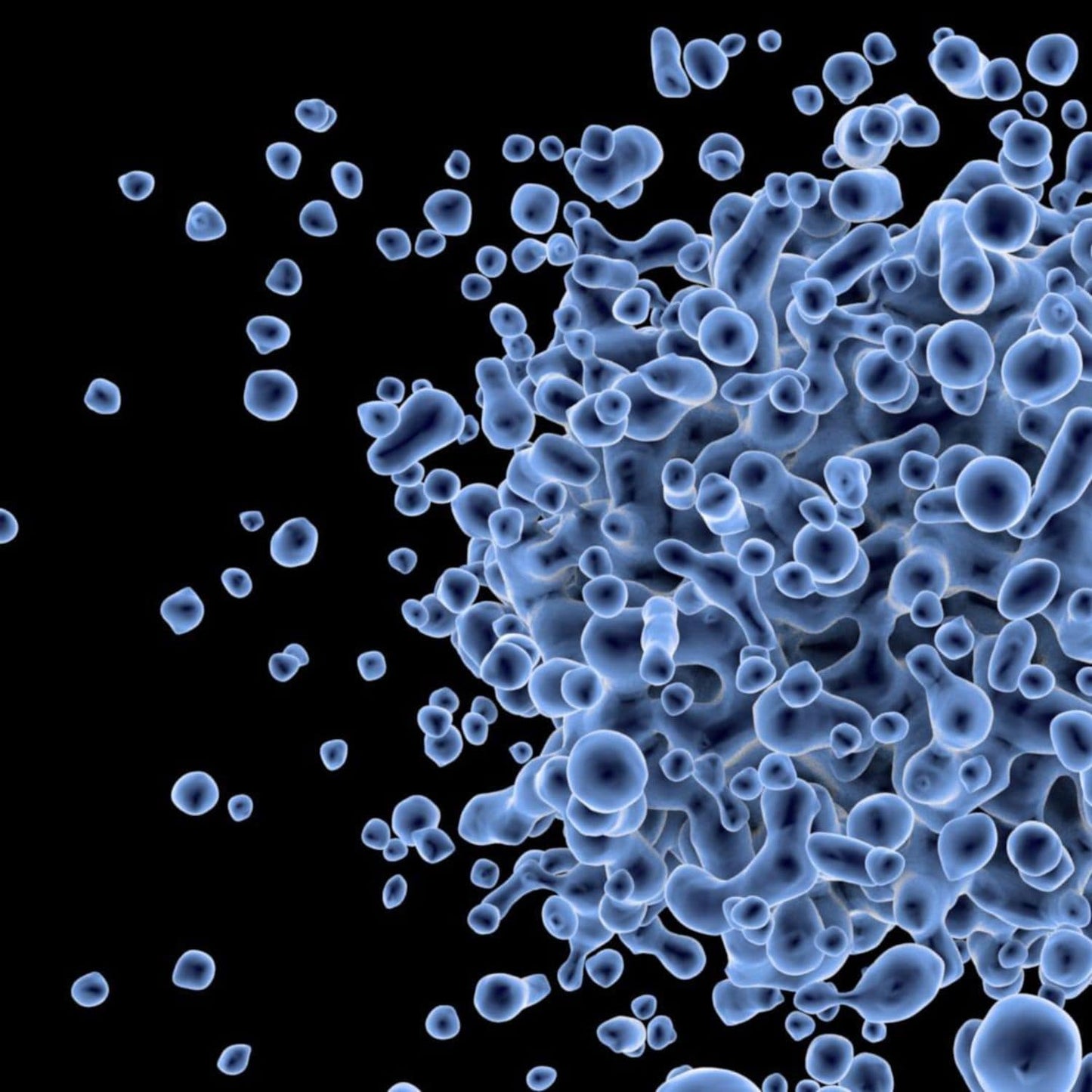
📝 Medically reviewed by Dr. Evan Leonard
🔍 Last updated March 25, 2024
📚 6 citations
📖 5 minute read
About the Author:
Dr. Evan Leonard is a Doctor of Medical Science and has been a board-certified physician associate since 2014. He practiced at the University of Florida's healthcare system for two years in internal medicine, followed by an additional two years in emergency and critical care medicine.
--
Your immune system is your body's primary line of defense from external threats. It's comprised of two distinctive elements: the innate immune response and the adaptive immune response.
Jump To:
- What is the Immune Response?
- What is the Innate Immune System?
- What is the Adaptive Immune Response?
- The Differences Between the Innate and Adaptive Immune Response
- Final Thoughts
- References
Adaptive immunity is acquired over time, as the human body is not born with it fully developed. It relies on various lymphocytes, which are special white blood cells, in order to carry out its regular tasks.
Keep reading, and we'll cover all the basics of the adaptive immune system.
See Related: What Can Tattoos Do To Your Immune System?
What is the Immune Response?
From the bones and cartilage of your musculoskeletal system to the maze of blood vessels running under your skin, your body depends on a complex system of organs to stay healthy.
Your immune system is arguably one of your most essential bodily functions. This complex system protects your body from external threats that may make you unwell. ¹
What is the Innate Immune System?
Your immune system can be divided into two parts: innate immunity and adaptive immunity.
Your innate immune response is your body's initial reaction to a harmful foreign substance. This complex system is comprised of physical barriers, cell enzymes, inflammation-related serum proteins, and other defensive mechanisms.
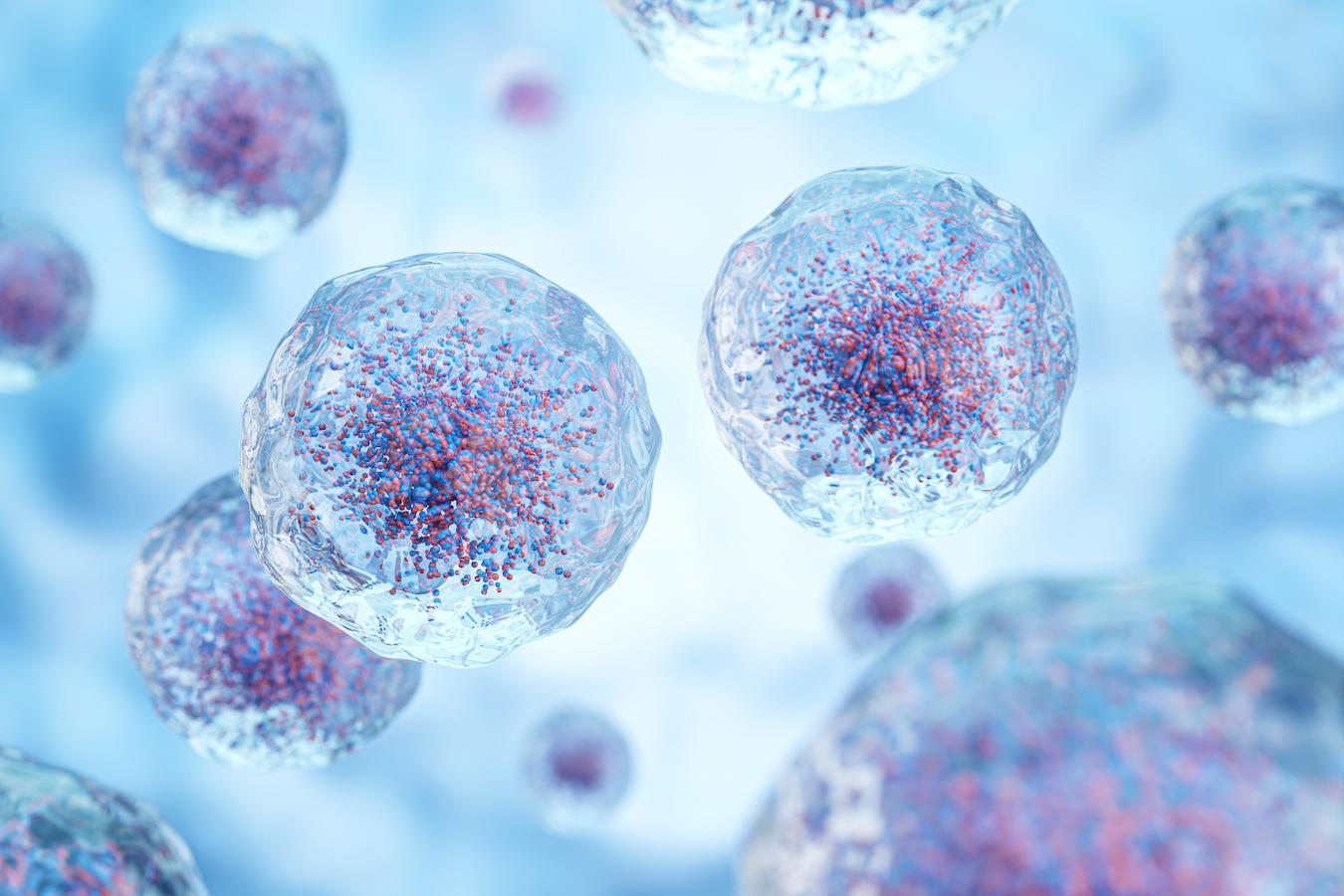
They can be broken down into four categories: ⁴
- Anatomic - The skin and mucous membranes
- Physiologic - Body temperature, stomach pH, and chemical mediators
- Phagocytic/endocytic - Cells that internalize and break down foreign macromolecules and organisms
- Inflammatory - Vascular fluid and phagocytic cells flood into affected tissue
Your innate immune response has pattern recognition receptors (PRRs), which use pathogen-associated molecular patterns (PAMPs) to identify and react to harmful microorganisms. Your innate immune response relies on specialized cells like neutrophils, natural killer cells, eosinophils, and macrophages to act fast when a threat arises. ² ³
What is the Adaptive Immune Response?
The innate immune system is somewhat generalized when compared to the specialized nature of the adaptive immune response. While the innate immune response depends on a wide variety of cells to carry out tasks, the adaptive immune response only needs T cells and B cells to get things done.
What are B Cells?
Both B and T cells are lymphocytes. After B cells are made in the bone marrow (hence the name), they move through the human body via the lymphatic system.
As they journey through the body, B cells eventually encounter an antigen (foreign material) within a lymph node where antigen-presenting cells, such as dendritic cells, “present” the antigen for the B cells to learn from in order to produce counteracting antibodies. These antigens match the B cells' membrane-bound antibodies, causing them to divide into either a memory B cell or an effector B cell (otherwise called a plasma cell).
The plasma cells produce antibodies that are able to identify unique antigens. B cells also have specialized receptors called B cell receptors (BCR) that help with antigen binding. ² ⁶
What are T Cells?
Like B cells, T progenitor cells are made in the bone marrow. Afterward, they migrate to the thymus to mature into T cells.
Then, they can develop T cell receptors (TCR) and other receptors like CD4 and CD8 receptors. However, unlike the antibodies of B cells, T cells cannot directly bind to antigens.
Instead, these T cells undergo rearrangement, a process that allows T cell receptors a greater degree of binding diversity. Then, after positive or negative selection processes, you are left with three types of mature T cells: helper T cells, cytotoxic T cells, and regulatory T cells. ²
- Helper T cells help activate immune cells and express CD4 receptors.
- Cytotoxic T cells express CD8 receptors and assist in removing harmful microorganisms from infected cells.
- Regulatory T cells help the acquired immune system differentiate between threats and self-cells, in addition to expressing CD4 and CD25 receptors.
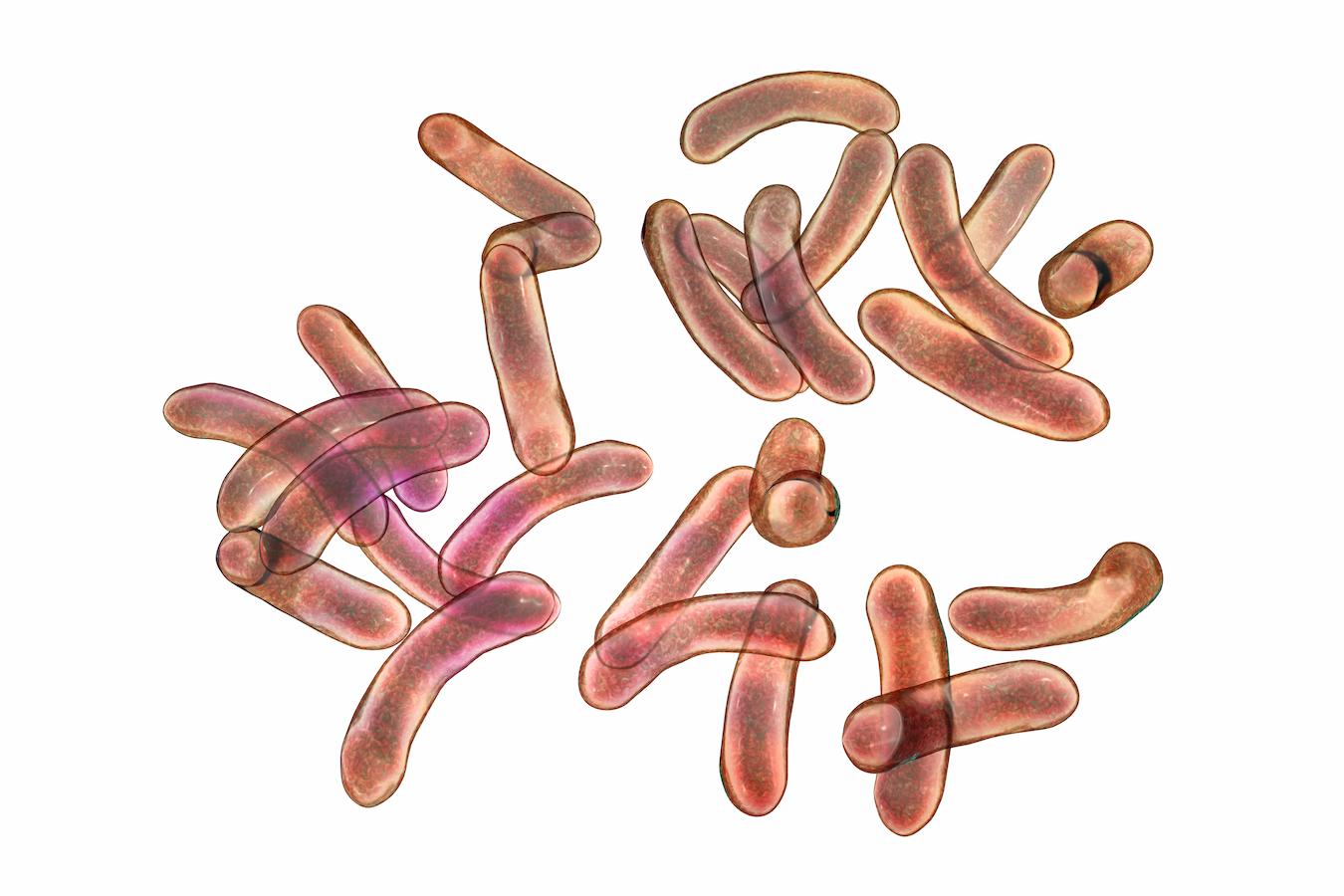
The Differences Between the Innate and Adaptive Immune Response
Though they work hand-in-hand, the innate and adaptive immune responses differ.
While your innate immune response time is pretty fast, only taking a few hours or even minutes to kick in, your adaptive immune response can take days to weeks. However, your adaptive immune system is far more specialized and "intelligent" than your innate immune system, which can only identify specific molecules or molecular patterns.
One of the main differences is the type of cells each system utilizes. While your adaptive immune response employs T and B cells to do its bidding, your innate immune response requires a vast assortment of cells to work correctly. While the adaptive system is composed of antibodies, your innate system is filled with peptides or proteins. ² ⁵
It’s critical to support both your innate and adaptive immune systems. They are the first two specialized lines of defense for your body against environmental stressors. Whenever your innate immune response falls short, your adaptive immune system is able to step up and eliminate any threatening microorganisms. ⁵
Bonus: 5 Things That Can Weaken Your Immune System
Final Thoughts
Your adaptive immune system is wonderfully complex, supporting your body and working hard every day. The good news is that you can do your part to give it the support and nourishment it needs to thrive.
The Premium Immune Support from Natural Cure Labs features vitamins, minerals, antioxidants, and premium botanicals designed to support immune function and promote digestive health. Blended and bottled in the USA, these high-quality and scientifically backed supplements offer an easy path to better wellness. ‡
- "Perfect!! I am still taking this Immune Support Supplement and it is working great. No side effects or any harmful reactions. I take them faithfully. I love it too because it is all natural."
- Shirley F. on Feb 23, 2019
Keep Reading: What Is Biofilm? An Overview
--
References
- Institute for Quality and Efficiency in Health Care. (2020). How does the immune system work? InformedHealth.org. Available from: https://www.ncbi.nlm.nih.gov/books/NBK279364/
- Marshall, J. S., Warrington, R., Watson, W., & Kim, H. L. (2018). An introduction to immunology and immunopathology. Allergy, Asthma & Clinical Immunology, 14, Article number: 49 (2018). https://doi.org/10.1186/s13223-018-0278-1
- Brubaker, S. W., Bonham, K. S., Zanoni, I., & Kagan, J. C. (2015). Innate immune pattern recognition: a cell biological perspective. Annual review of immunology, 33, 257–290. https://doi.org/10.1146/annurev-immunol-032414-112240
- Aristizábal B, González Á. (2013) Innate immune system. In: Anaya JM, Shoenfeld Y, Rojas-Villarraga A, et al., editors. Autoimmunity: From Bench to Bedside [Internet]. Bogota (Colombia): El Rosario University Press; 2013 Jul 18. Chapter 2. Available from: https://www.ncbi.nlm.nih.gov/books/NBK459455/
- InformedHealth.org. Cologne, Germany: Institute for Quality and Efficiency in Health Care (IQWiG); 2006-. The innate and adaptive immune systems. [Updated 2020 Jul 30]. Available from: https://www.ncbi.nlm.nih.gov/books/NBK279396/
- Alberts, B., Johnson, A., Lewis, J., et al. Molecular Biology of the Cell. 4th edition. New York: Garland Science; 2002. B Cells and Antibodies. Available from: https://www.ncbi.nlm.nih.gov/books/NBK26884/
‡ These statements have not been evaluated by the Food and Drug Administration. This product is not intended to diagnose, treat, cure, or prevent any disease.
--
Natural Cure Labs provides dietary supplements made from naturally derived ingredients. Our research-backed products contain premium botanicals and antioxidants that encourage healthy living and holistic wellness. Each high-quality product comes with a Clean Label that certifies our commitment to quality, transparency, and research. To stay connected and learn more, follow us on Facebook, Instagram, and TikTok.

